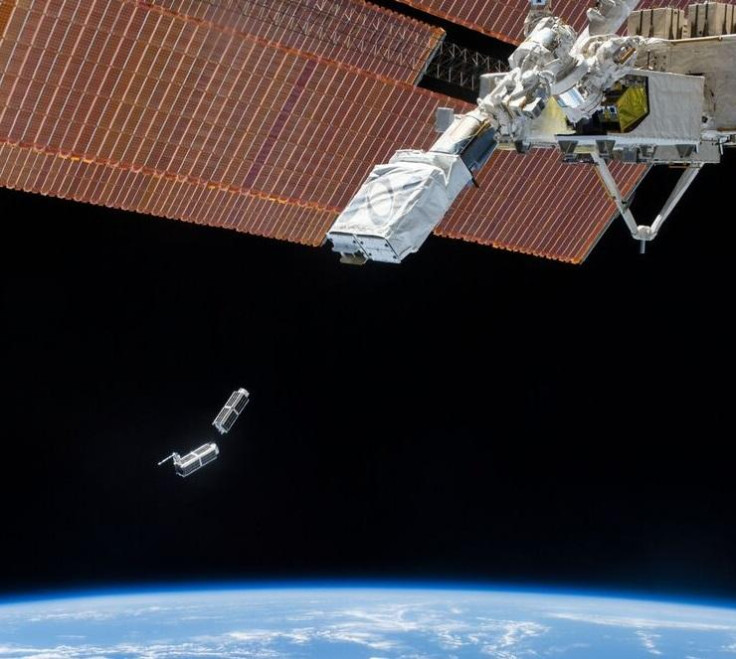Nano-satellite communications: The key to digital inclusion
Technological advances in the miniaturization of satellites could bring connectivity to the vast equatorial regions of the world which have benefited less than the developed world from the digital era.
Few would argue with the fact that the mobile revolution of the past decade has radically changed the world. For around four-tenths of the world's population, that revolution has yet to happen. But this is about to change with the advent of nano-satellites.
Around 40 percent of the world's population who live in the equatorial regions of the world - often in remote regions or outlying cities in Asia, Africa and Latin America - have benefited far less than the developed world from the digital era and at best have only basic connectivity services available to them. This includes many of the most populous countries in the world, including China, India, Indonesia, Nigeria and Brazil. Their exclusion is largely the result of limited or a total lack of terrestrial infrastructure coverage which cannot meet the huge growth in demand. Traditional satellites are also not a viable option. In both cases, the high cost prevents connectivity or at best allows for extremely limited service.
Technological advances in satellite technology - specifically in the miniaturization of satellites, or nano-satellites as they are called - could bring connectivity to these vast regions of the world. The cost of a single "traditional" satellite runs from $300 to $500 million, while the deployment of a network of two hundred nano-satellites costs less than half that amount and would provide complete coverage of the equatorial belt.
Nano-satellites have low operational costs and represent a real solution to the digital divide which currently prevents much of the developing world access to information technologies. Cost effective communications services provided by nano-satellites could become the great game changer in the traditional world of satellite connectivity. The technology will enable the developing world to "catch up" and substantially narrow the digital divide. It also eliminates the need for massive investments in traditional communications infrastructure and frees up funds for economic development.
It is almost needless to say that the residents of the equatorial belt want to be connected. Governments and businesses are also in need of service. Nano-satellites are the only existing solution that can provide cost-effective connectivity services to these regions. Providing affordable connectivity is key for driving digital inclusion and economic growth in the developing world and for tackling poverty, improving education and healthcare, providing emergency services and helping to manage natural disasters.
The impending nano-satellite revolution will provide around the clock affordable voice, data, instant messaging, M2M and IoT communications. For the first time, communications services will have the potential to be available to anyone, anywhere and at any time. The vast equatorial region will benefit from a whole range of services including search and rescue, disaster management, emergency response, security alarms and recreational tracking. This is in addition to many other services including cellphone applications, offshore communications, smart farming, interactive TV, airplane, vessel and animal tracking, water and electric metering, grid monitoring and ATM. Telecommunications providers will be able to substantially expand their services and customer base.

Greater connectivity in developing regions will play a key role in future economic growth. The World Bank estimated there are 1.7 billion people globally who don't have a bank account , most of them in the equatorial regions of Asia, Africa and Latin America. Access to affordable connectivity can help tackle these problems and break the cycle.
Within a few short years, hundreds of millions of people could gain access to financial services. This financial inclusion includes the direct transfer of salaries, payments or remittances. Residents of outlying regions will suddenly have access to information and knowledge. This in turn will create value-added services, products and employment opportunities that did not previously exist.
The digital economy has flourished in the developed world in the past decade, but the fruits of the technological advances have had only a limited impact on vast developing regions of the world. Connecting the unconnected billions in these regions holds the key for future economic growth and improved education.
Meir Moalem is CEO and co-founder of Sky and Space Global.
This article originally appeared in IBTimes US.
© Copyright IBTimes 2025. All rights reserved.





















